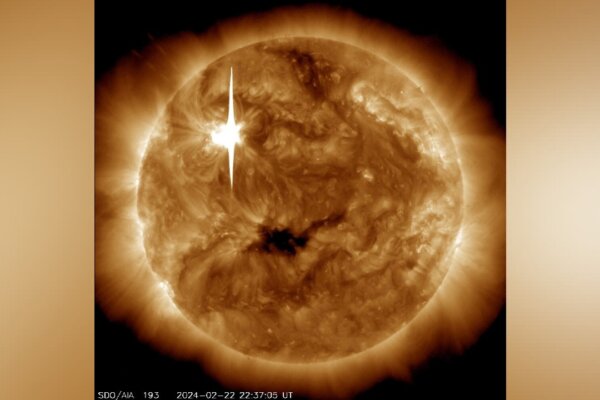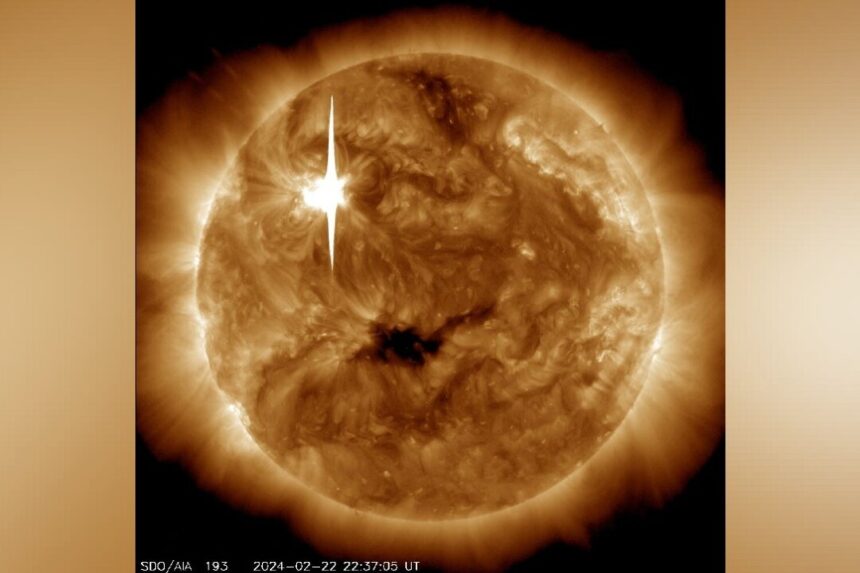The National Oceanic and Atmospheric Administration has forecasted that auroras could potentially be visible in the upcoming months as the sun enters the solar maximum phase of its 11-year cycle.
During the solar maximum phase, the sun experiences heightened solar activity, with experts predicting that this phase could extend into the following year.
NOAA has indicated that the increased solar activity during the solar maximum phase may result in more frequent solar and
geomagnetic storms, offering opportunities to observe auroras over the next few months while also posing potential risks to technology.
According to NASA, the sun cycles between periods of low and high magnetic activity every 11 years, known as solar minimum and solar maximum, respectively.
Both NASA and NOAA have
stated that the precise peak of the current solar maximum phase remains uncertain and can only be determined with consistent declines in solar activity.
“The fact that the sun has reached the solar maximum period doesn’t necessarily mean that this is the peak of solar activity for this solar cycle,” remarked Elsayed Talaat, NOAA’s director of space weather operations, in an October 15
statement. “The actual month when solar activity peaks on the sun will only be known in the coming months or years.”
NASA and NOAA monitor sunspots to track the progress of the solar cycle and assess solar activity, as sunspots are cooler regions on the sun formed by concentrated magnetic field lines.
Jamie Favors, director of NASA’s Space Weather Program, highlighted that the number of sunspots increases during the solar maximum phase, leading to heightened solar activity.
“This upsurge in activity presents a valuable opportunity to expand our understanding of our nearest star, while also having tangible effects on Earth and the entire solar system,” Favors noted in a
statement.
Solar activity has the potential to impact radio communications, electrical grids, and navigation signals, as well as satellites and astronauts in space, as highlighted by NASA.
Earlier this month, the Space Weather Prediction Center issued a geomagnetic storm watch following NASA’s detection of a
powerful X9.0 solar flare on October 3.
Solar flares are bursts of energy that can last from minutes to hours, with their strength classified on a scale ranging from B-class to C-class, M-class, and the most powerful X-class, where each letter denotes a tenfold increase in energy output.
The October 3 flare marked the second strongest in Solar Cycle 25, following an X8.7
flare on May 14. It also represented the most potent solar flare since 2017, when the sun emitted two formidable flares measuring X13.3 and X11.8,
according to Space Weather Watch.





